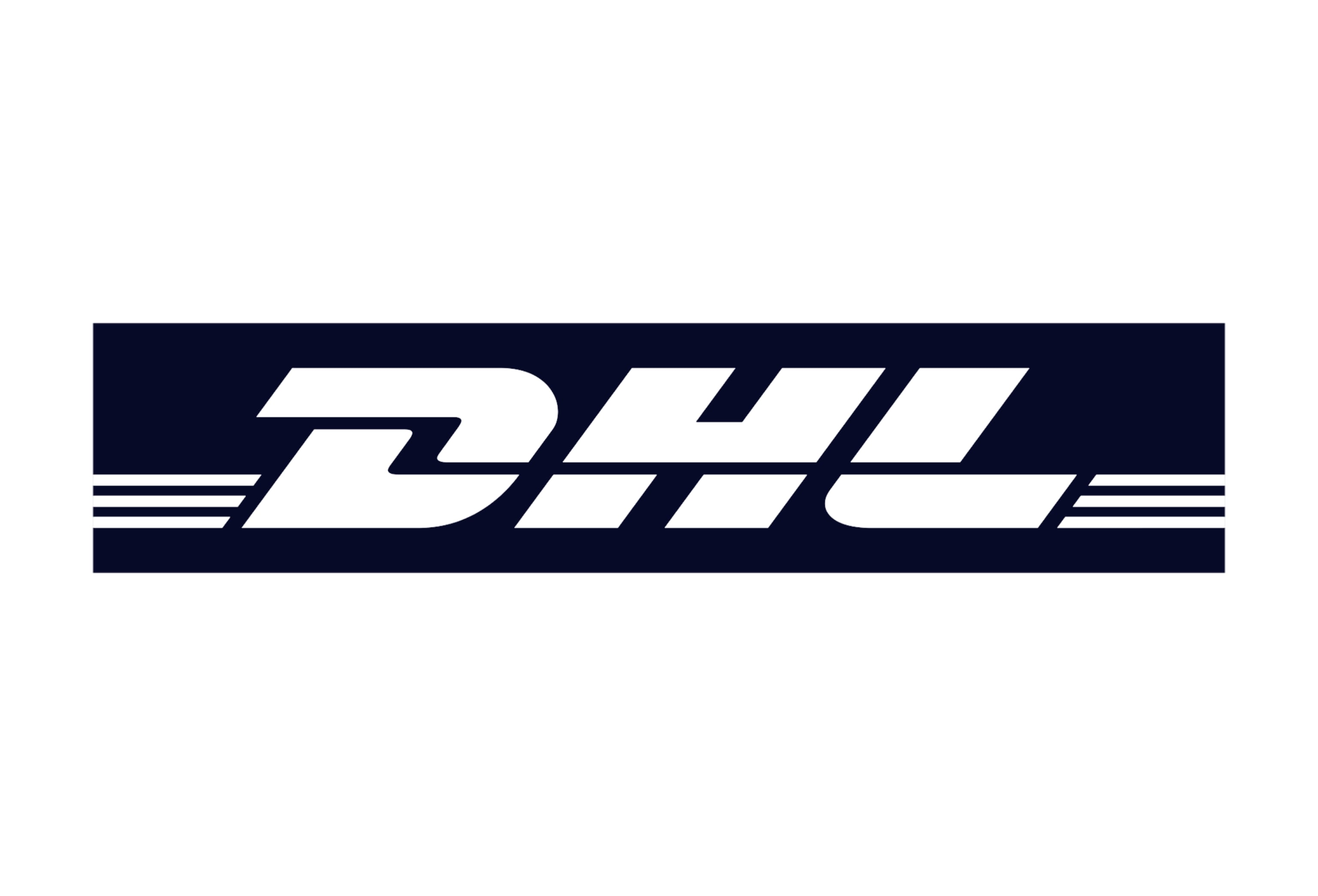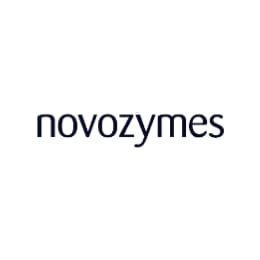Wireless data loggers for temperature and humidity
- Intelligent deviation alarms on SMS and e-mail
- Free annual calibration included
- Easy digital audit and mapping reporting
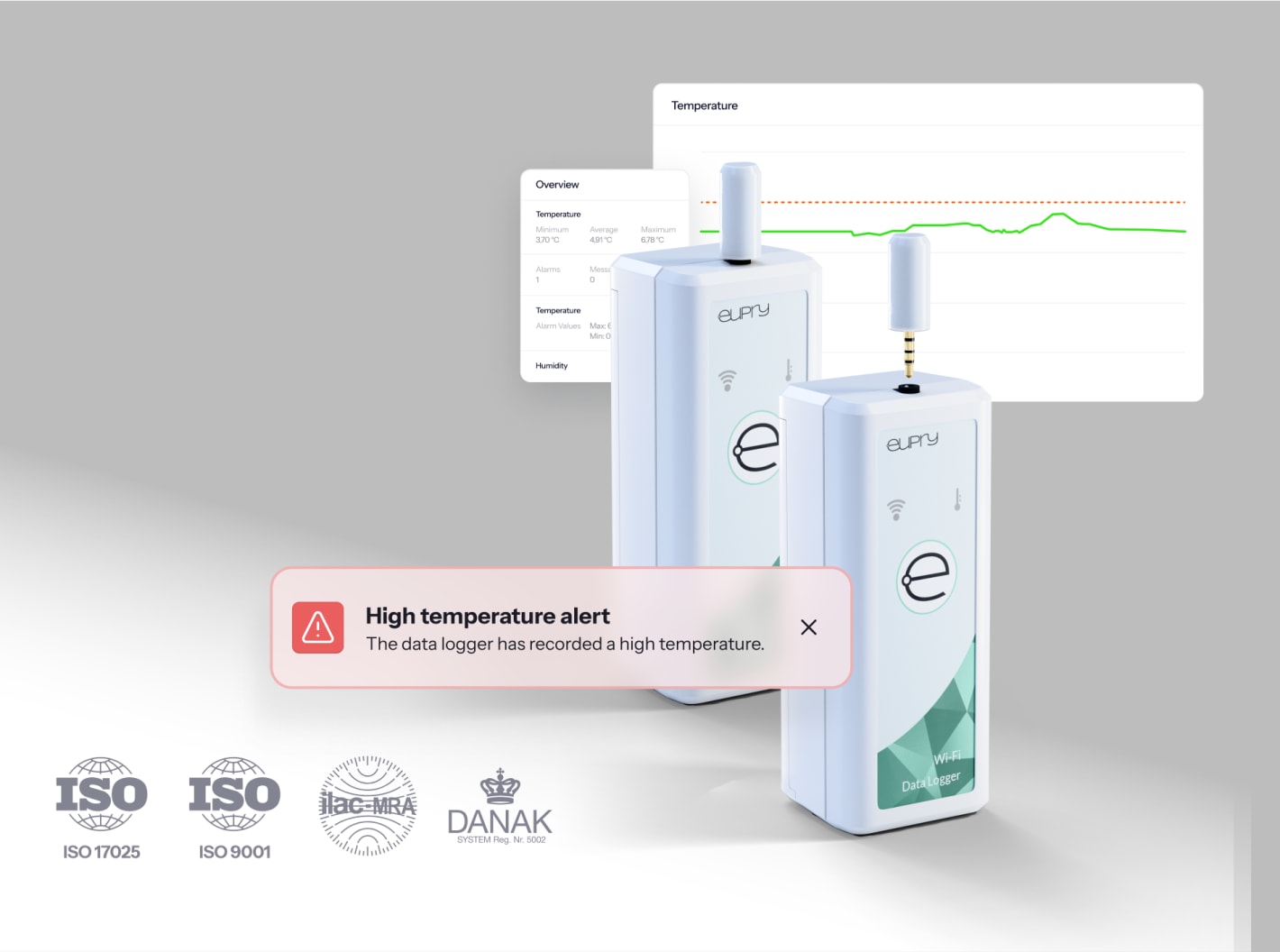
Wireless data loggers
Fully validated, wireless, Wi-Fi-based data loggers monitoring temperature, humidity, and any other condition you need – compatible with any TCU or facility, from ULT freezer to refrigerator, cold room, and warehouse.
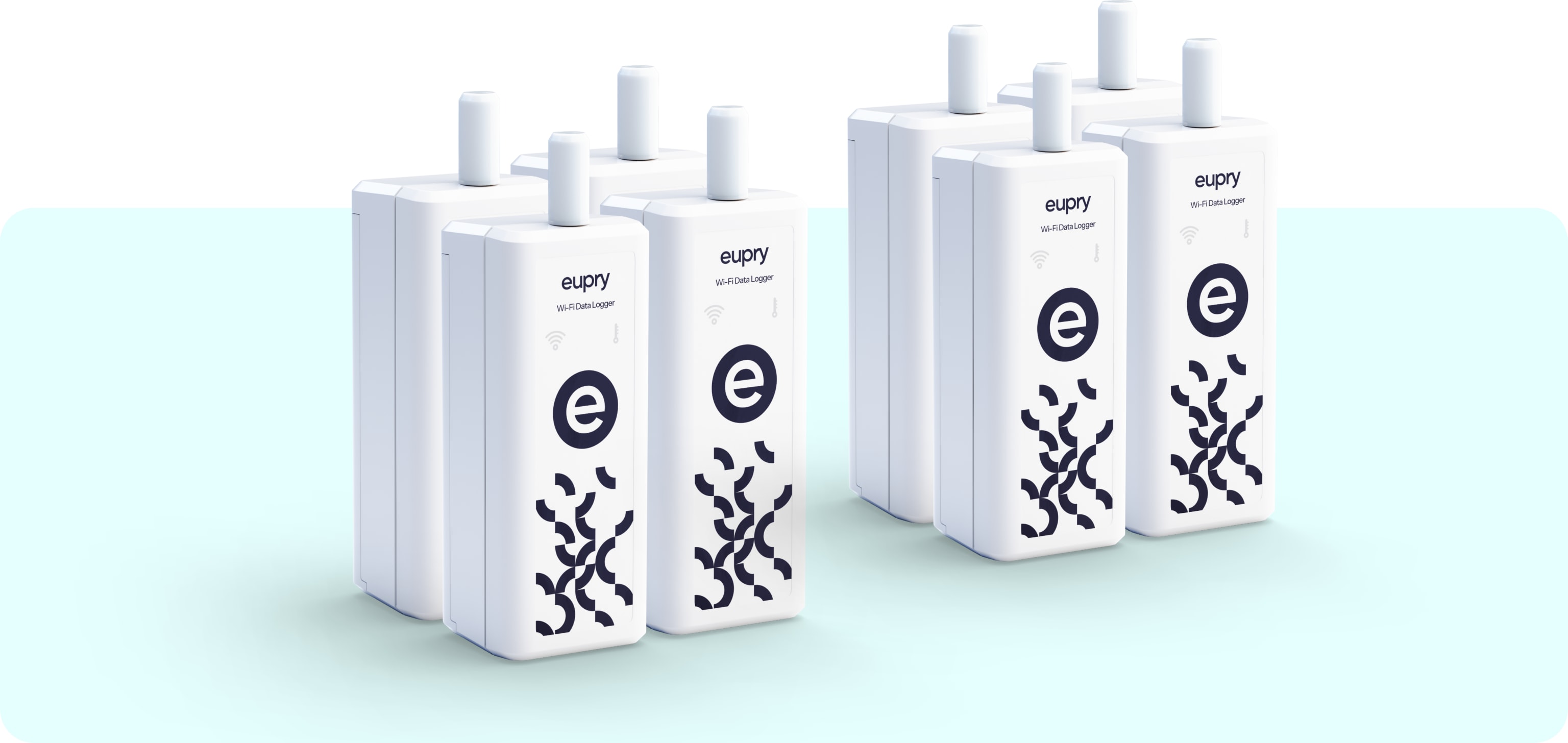
Instant deviation SMS/email alarms
Get instant deviation alerts on your phone or computer, easily segment between greyzones and critical alarms, and decide who receives what type of alarm – and when – with personalized alarms.
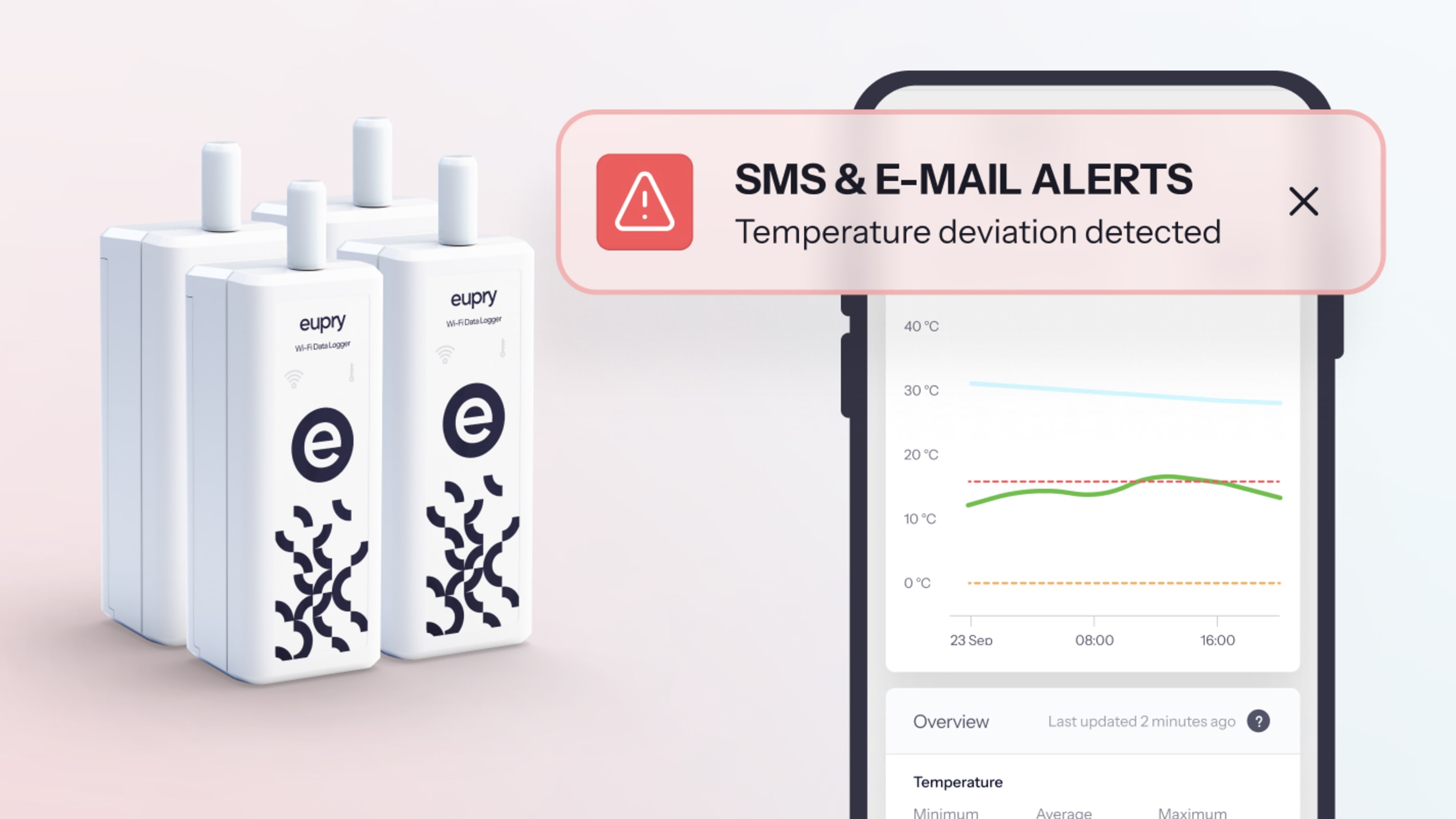
Calibration included
No more keeping track of calibrations – or certificates. Accredited or traceable calibration is included, the system automatically reminds you when it is time to calibrate, and your certificates are all digital – just a few clicks away.
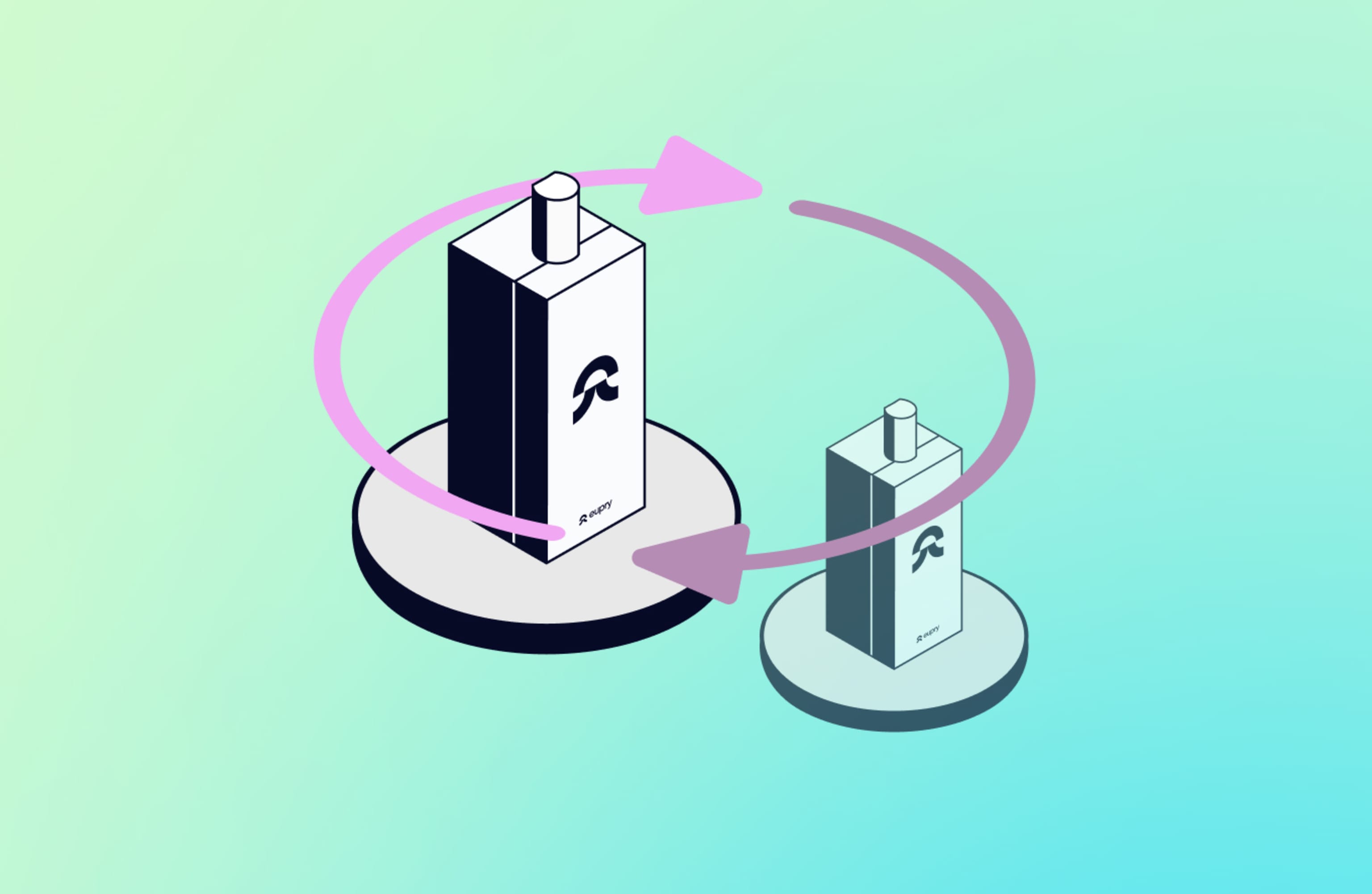
Monitoring app
Follow compliance on any screen — phone, tablet, or computer. By automating manual tasks and providing a single source of truth for all data, the included monitoring app and mapping software eliminates the need for manual data capture, deviation documentation, and analysis.
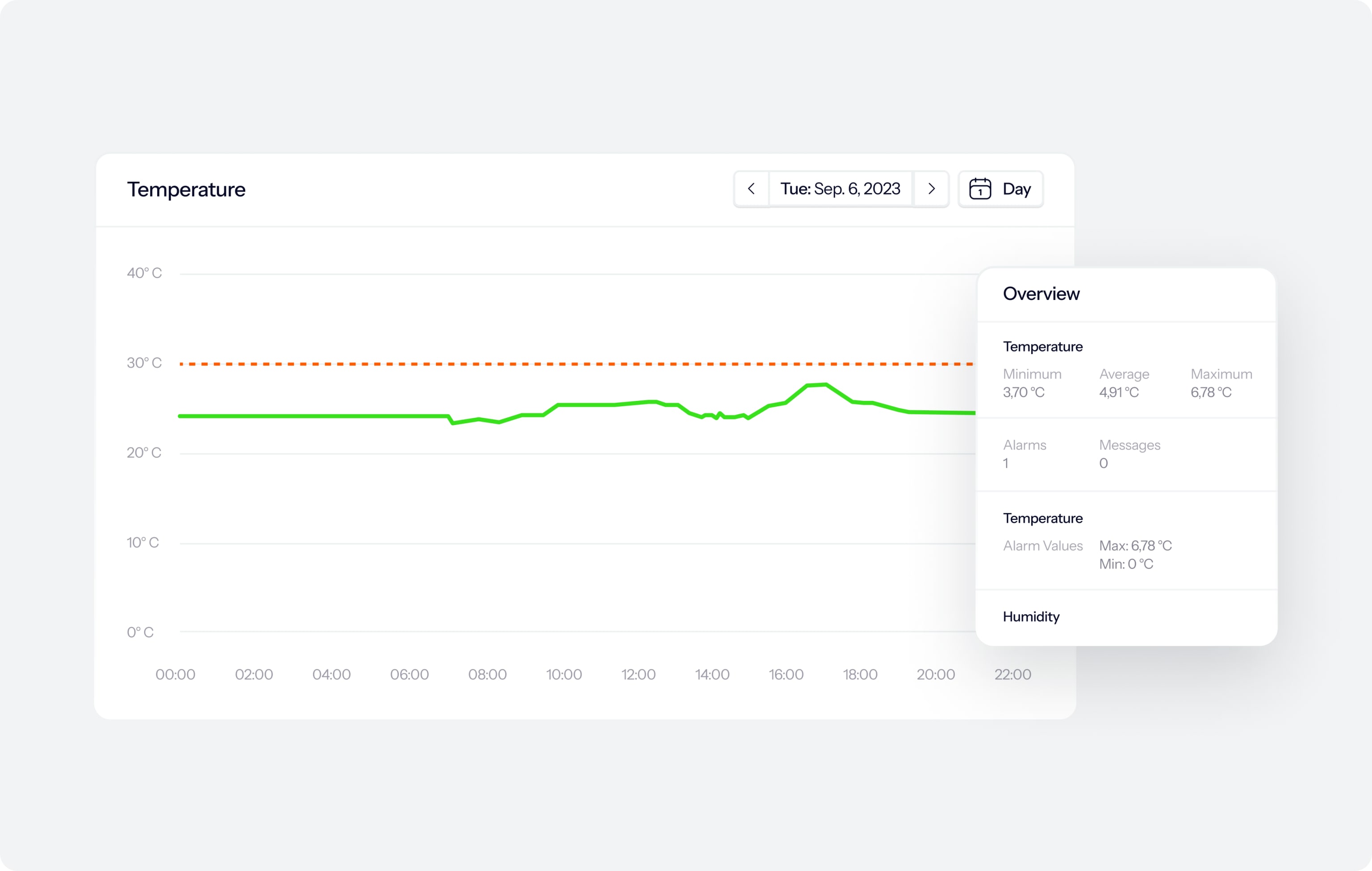
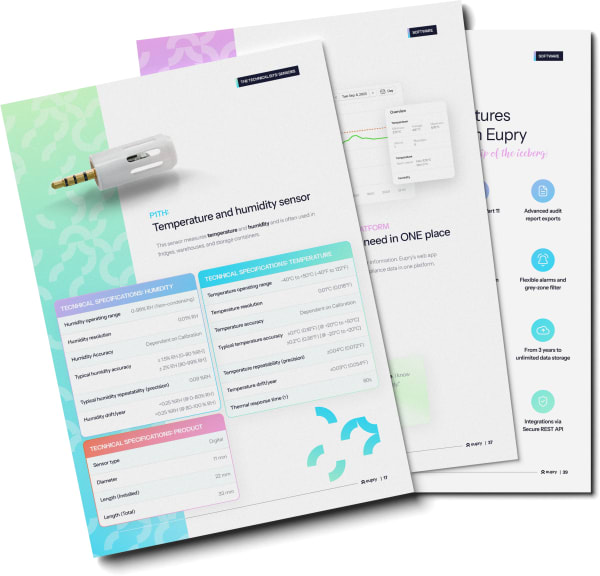
Download a data logger catalog now
See all the options and all the technical specifications in the product catalog.
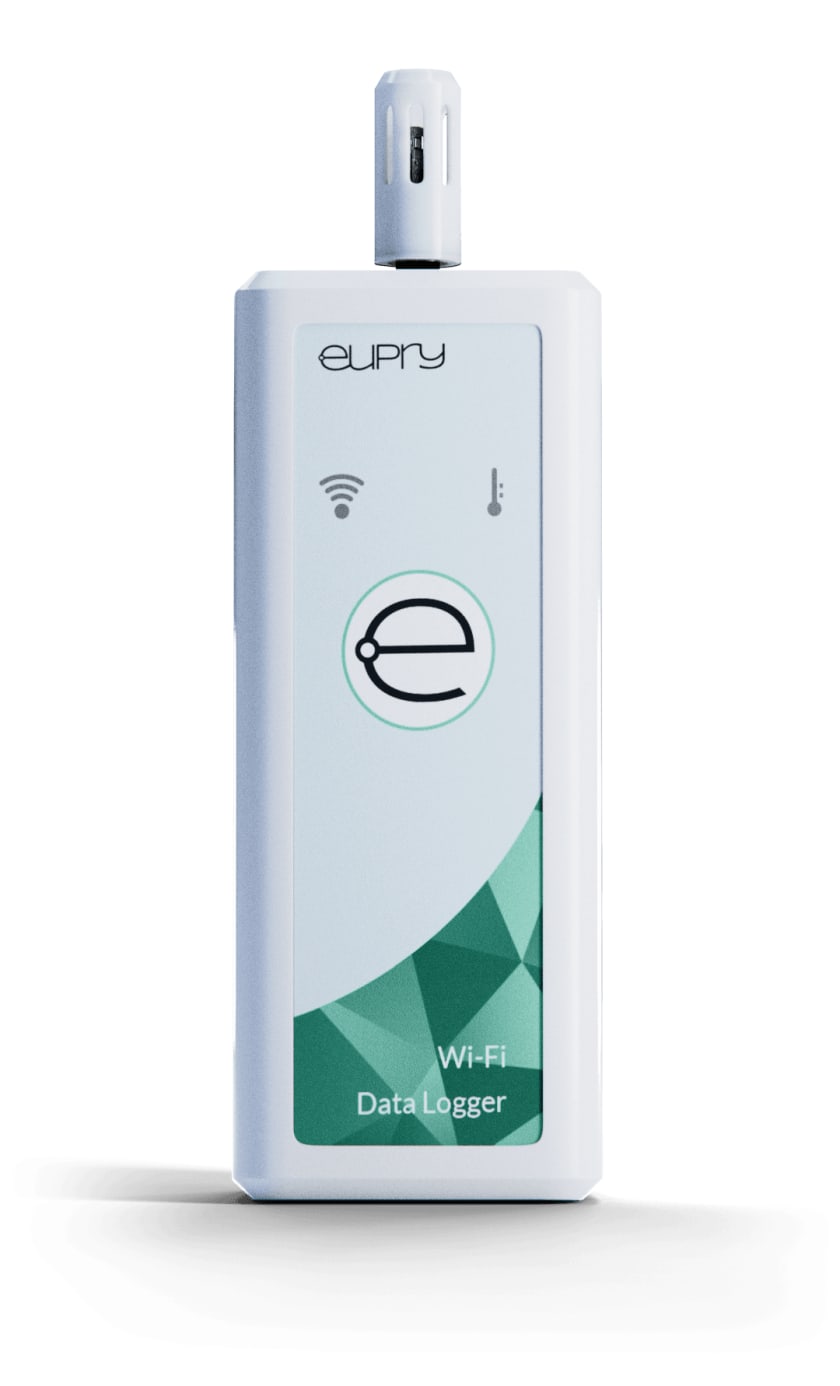
How do the wireless data loggers work?
The lightweight, wireless, and Wi-Fi-based data loggers are designed for both monitoring and mapping in GxP.
Easy connection
Easily connect the wireless data loggers using the “Eupry Connect” app.
Automatic transfer
The data loggers automatically transfer data through Wi-Fi to the included monitoring platform.
SMS/e-mail alarms
In case of deviations, the data logger sends the relevant people SMS and/or e-mail alarms in real time.
Digital reporting
Export digital audit reports with just a few clicks and easily analyse mapping data through the platform.
Full warranty
With the Eupry data loggers, you get a reliable tool with no unforeseen costs. Get complete financial predictability with included calibration and full warranty. If it breaks, we will replace it (but it won’t).
Long lifespan
The technology is designed to maintain high uptime, meaning that the data logger can function for up to two years on regular AA batteries.
No manual work
The wireless loggers automatically transfer your data through Wi-Fi to the included platform – no more USB transfers.
Client Testimonials
See all the options in the catalog
Compliance at the forefront
- Accredited or traceable calibration
- Fully hardware validated and reliable data backups
- FDA 21 CFR Part 11 module
- Built for GDP, GMP, and other GxP-regulations

The wireless data loggers
NOTE! This is a selection. See all the options in the catalog.

The sensors and probes
The data loggers come with sensors for any monitoring or mapping need – from ultra-low to extremely high temperatures and relative humidity.
NOTE! This is only a small selection - see all options in the catalog.
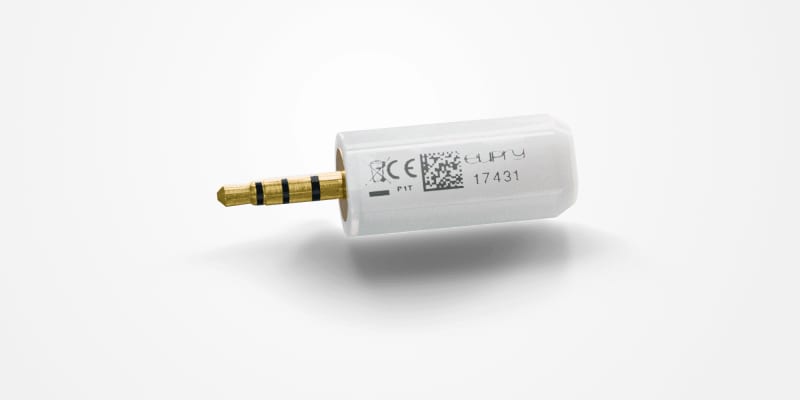
P1T - Temperature Sensor
- Operating range: -50°C to +50°C (-58°F to 122°F)
- Temperature resolution: 0.01°C (0.018°F)
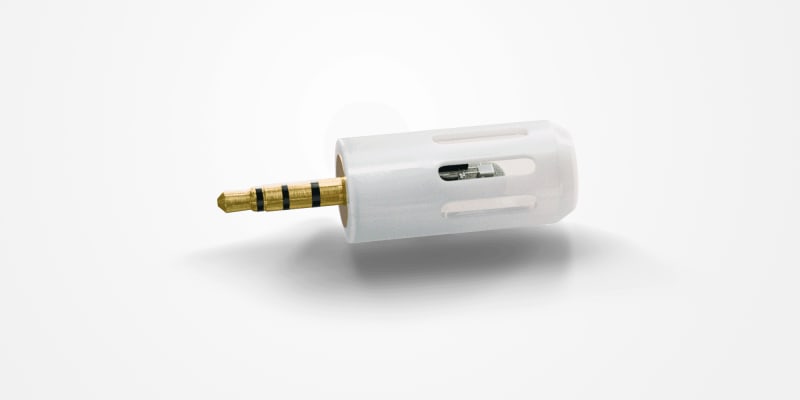
P1TH - Temperature and Humidity Sensor
- Operating range: 2°C to 50°C (35.6 °F to 122 °F)
- Resolution: 0.01°C (0.018°F) 0.01 %RH
- Humidity range: 20-80% RH (Non-condensing)
- Extended humidity range: 0-99% RH (Non-condensing)
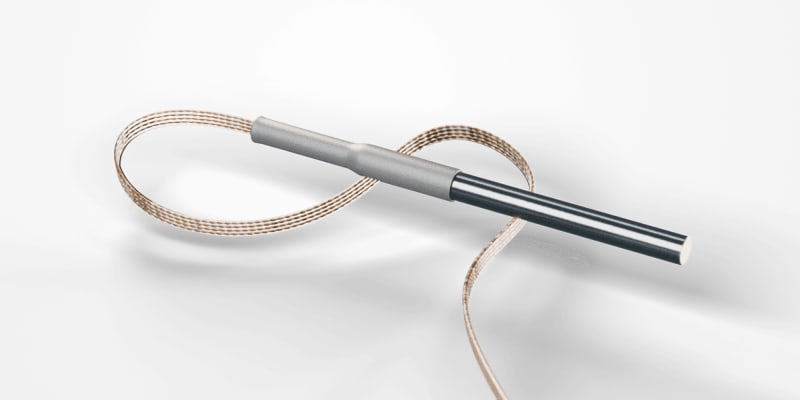
P2T - Temperature Probe
- Operating range: -90 °C to +50 °C (-130 °F to 122 °F).
- Resolution: 0.03 °C (0.054 °F)
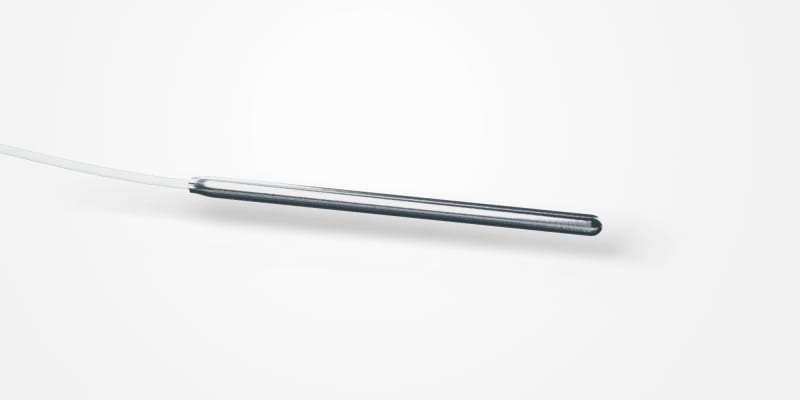
P2T1 - Temperature Teflon Probe
- Operating range: -200 °C to +200 °C (-320.8 °F to 392 °F).
- Resolution: 0.03 °C (0.054 °F)

P2T2 - Temperature Thermocouple Probe
- Operating range: -40 °C to 1100 °C.
- Resolution: 0.25 °C

P5T - Temperature Silicone Probe (5m)
- Operating range: -90 °C to +150 °C (-320.8 °F to 302 °F).
- Resolution: 0.03 °C (0.054 °F)

Download a product catalog
See how the data loggers, software, etc. works as well as all options in the product catalog.
FAQ about wireless temperature data loggers
We have gathered the most frequently asked questions and answers. Click on a headline to see the answer.
Didn’t find what you were looking for? Don’t hesitate to contact us.


